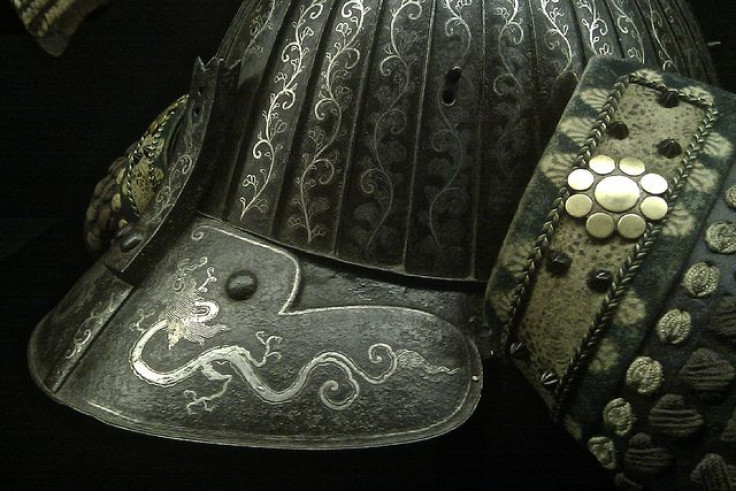Samurai Workout? Partially Deciphered Martial Arts Program From 1844 'Reveals' The Secrets Of Mind & Body

Forget CrossFit, Broga, ShakeWeights, and all other ‘00s fitness ephemera. Fine-tune both physique and mind by following the way of the warrior.
Bugei no jo, meaning “Introduction to Marial Arts,” is a mid-19th century document preparing prospective samurai for virtuous battle by breaking down Takenouchi-ryū, one of the oldest martial arts systems. Written in a formalized mixture of Japanese and Chinese, the vaguely pedagogical text was first published by scholars in 1982. Now, it has been translated partially by researchers at the Loránd Eötvös University in Budapest, Hungary.
"These techniques of the sword, born in the age of the gods, had been handed down through divine transmission. They form a tradition revered by the world, but its magnificence manifests itself only when one's knowledge is ripe," the translated text reads. "When [knowledge] is mature, the mind forgets about the hand, the hand forgets about the sword."
LiveScience reports that much of the deciphered translation remains shrouded in secrecy, with cryptic phrasings and references designed to keep unauthorized readers in the dark. In 1844, all eligible readers were part of the samurai military caste, and few outsiders were allowed to peruse a school’s teachings. According to Balázs Szabó, the scholar of Japanese studies who translated most of the text, the mystery element was also intended to keep rivaling schools at bay.
"For a martial arts school … to be attractive, it was necessary to have special techniques enabling the fighter to be effective even against a much stronger opponent,” Szabó wrote. “These sophisticated techniques were the pride of the school kept cautiously in secret, as their leaking out would have caused economic as well as prestige loss."
Of course, certain secrets are too secret to be written down. The section Shinsei no daiji, or “Divine Techniques,” offers only a glimpse into the institution’s most valued exercises. In addition, some fencing techniques are iju ichinin –– “considered to be given to one person.” According to Szabó, this suggests that the move was intended for a single student, most likely the headmaster's heir.
Provided that you get past the pidgin-like approximation of the original syntax (“To see bad as good is like stepping out of the gate we see the enemy, though numerous we see them as few, therefore no fear awakes”), you should be good to go. Be patient, remain on the path of honor, and –– most importantly –– don’t tell anyone.



























